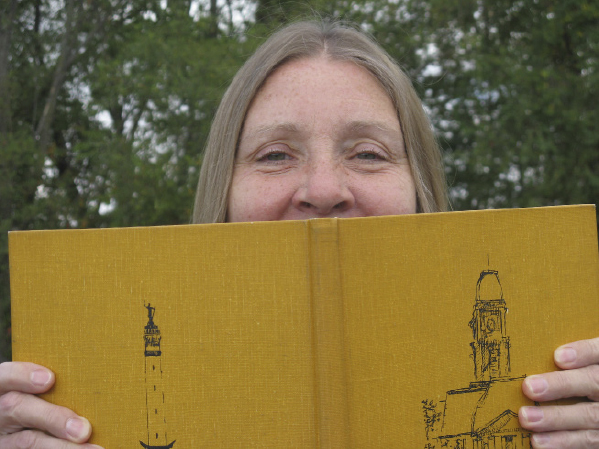The ‘Creeking’ Wheels of Father Time Keep On Passing Into the Abyss

Because I run the annual tribute to the Notable Nineties at New Year’s, I’ve never explored the way New Year’s Eve and New Year’s Day used to be observed in this county.
This year I decided to be different. With both Noblesville and Hamilton County celebrating a bicentennial in 2023, it seemed an appropriate time to look into how county residents moved from one year to the next, even if the current holiday is past us.
Two hundred years is a lot of newspapers to cover, though, so I focused on just one year — 1923.
One hundred years ago, the Jan. 1, 1923 Noblesville Daily Ledger’s account of the holiday celebration began: “The creeking [sic] wheels of Father Time’s dilapidated chariot bearing the aged and decrepit form of ‘1922’ silently passed into the abyss of retrospection at 12 o’clock Sunday night with a tremendous uproar in Noblesville.”
(There are a couple more paragraphs like that, but you probably get the drift, so I’ll spare you those.)
According to the Ledger, the transition from 1922 to 1923 was a noisy one. Church bells, train whistles, gun shots, “torpedoes” and the fire whistle made sure even Noblesville residents who retired early knew that 1923 had arrived.
(Not being very fireworks savvy, I had to look up “torpedoes.” They’re a fuseless firecracker that explodes on contact with a hard surface.)
Despite New Year’s Eve falling on a Sunday that year, some unsettled weather and “other handicaps,” attendance at most December 31 religious services was said to be unusually good.
Noblesville’s Bethel AME church held its traditional New Year’s Eve watch meet to usher out the old year at midnight.
On New Year’s Day, the sermons in all the city’s churches emphasized “sound keynote resolutions for 1923” and reflected a need for “greater evangelistic interest in church life.” To that end, the Friends churches in Noblesville and Eagletown began revivals on NewYear’s Eve, as did Arcadia’s Methodist Episcopal Church.
There were worldly holiday distractions, too, however.
The Kappa Alpha Phi fraternity’s annual New Year’s Dance was held in the Knights of Pythias Armory on Dec. 29. In 1922 the fraternity partnered with the College Society to put on the affair, which featured music by the Bud Gilbreth Pierrots.
(A Pierrot is a French pantomime character. I couldn’t find any information on this particular group, but I’m guessing they performed with whitened faces and wore the Pierrots’ traditional clown-like costume.)
The dance was open to any county residents who currently attended college or who had attended in the past, and their out-of-town guests.
On Dec. 30, the Cicero Boys Band held a concert and box supper at Collings Hall in Cicero. Admission was 10 cents.
Noblesville’s Wild Opera House encouraged patrons to start their New Year’s entertainment right with New Year’s Day showings of Universal Pictures’ “The Kentucky Derby.” (“Smashing thrills on land and sea!”)
Area businesses also took note of the holiday.
Haines Drug Store advertised blank books — ledgers, daybooks, journals, etc.— and other items, such as pens and ink (in pints and quarts!,) to help residents with their record-keeping in the new year.
The Dec. 30, 1922 Ledger contained over two pages of New Year’s greetings from various local establishments, while the Ledger itself issued a New Year’s greeting to readers in the form of a front page editorial.
The Ledger declared its greeting was one of “hope and faith.” That seems to have been the general attitude toward 1923.
Notable Nineties Update: Leanna VanVoorst added former NHS football standout Morris “Moose” Stern to the Notable Nineties list.
Also, David Sutton added his mother, Marilyn Sutton. Marilyn and her husband, Joe, used to run Sutton’s Tynee Nook, a children’s clothing store on the east side of the square.
Congratulations!
Paula Dunn’s From Time to Thyme column appears on Wednesdays in The Times. Contact her at [email protected]
